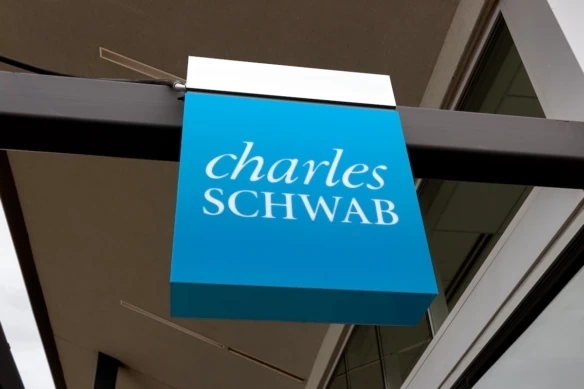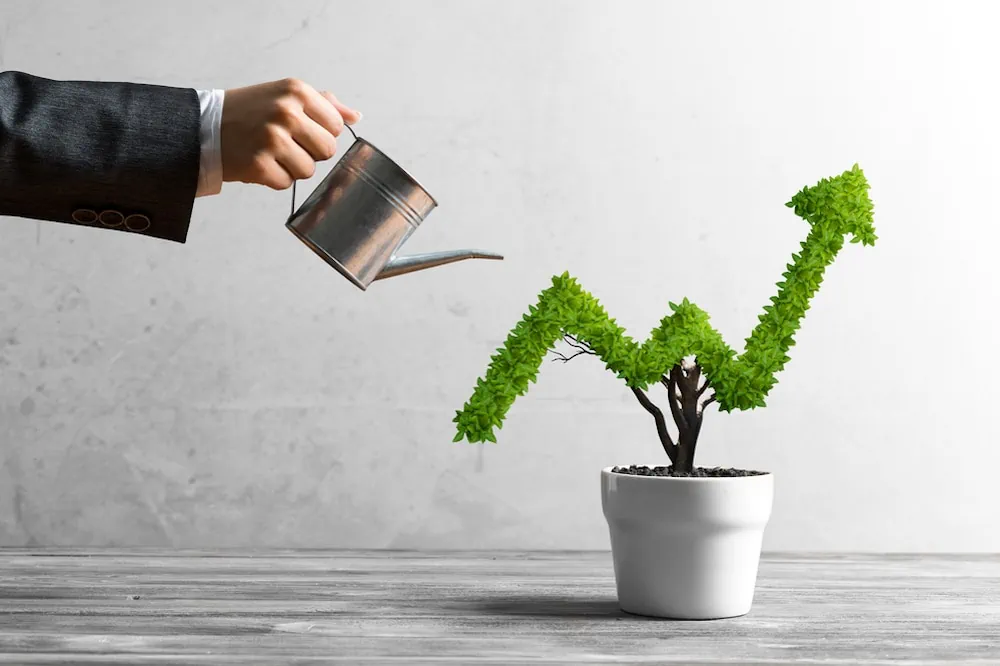When it comes to planning for retirement, many investors want to keep things simple—and keep it “in the family.” Maybe all their retirement holdings are Vanguard funds, or maybe they insist on only owning Fidelity funds.
Well, today, I’m going to explain why (and how!) retirement investors might limit their investment-verse to Schwab’s retirement funds.
You might know Charles Schwab for its account offerings—indeed, with some 35 million brokerage accounts, and another 5.2 million workplace plan participant accounts, you might already have your investment funds run through Schwab.
But you don’t have to have a Schwab account to build your retirement. That’s because Schwab also offers some of the largest and most cost-efficient retirement funds in the game—funds you can buy through most account providers.
Today, I’m going to introduce you to some of the best Schwab retirement funds you can find. They’re effective, they’re inexpensive, and they’ve also been selected for their utility inside tax-advantaged accounts like a 401(k), individual retirement account (IRA), or health savings account (HSA).
Disclaimer: This article does not constitute individualized investment advice. These securities appear for your consideration and not as personalized investment recommendations. Act at your own discretion.
Editor’s Note: The tabular data presented in this article is up-to-date as of Aug. 31, 2024.
Table of Contents
What Do You Want in a Retirement Fund?
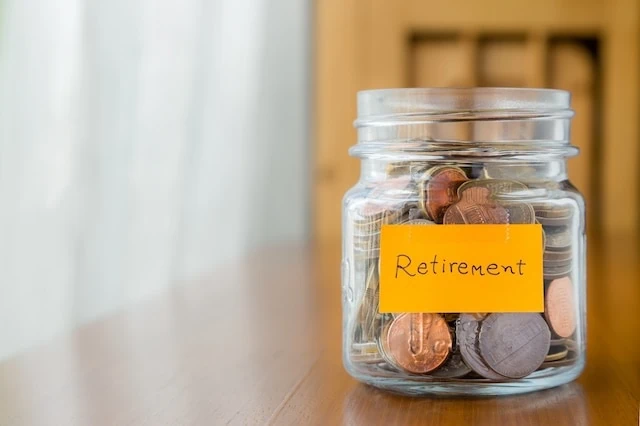
When it’s time to invest your retirement savings, here are some of the most critical aspects to consider:
Assets: Experts typically recommend “diversifying” your money across at least two major asset classes (namely, stocks and bonds), and multiple categories within those asset classes. Or, said differently, they recommend you don’t put all your eggs in one basket. You can do this easily through Schwab, which provides one of the country’s largest collections of funds—stock and bond alike.
Risk: Every single person has a different appetite for risk. Your neighbor might be perfectly happy to go gung-ho for growth and be invested 100% in stocks even when they hit age 70. But many other people prefer to protect their wealth instead as they get older. So the funds you initially own, and the funds you put more money into as you cycle through the many stages of life, should reflect your own personal ability to stomach market volatility and changes to your portfolio balance.
Fees: Think about it like this: Every dollar you pay in fees is a dollar that’s not being invested and earning compound returns over time. When all else is roughly equal, lower-fee funds are better, and Schwab funds’ costs sit below the industry average.
Schwab’s wide assortment of retirement-focused funds provides just about any investor with the tools to address these and other vital planning considerations.
Why Schwab Mutual Funds?
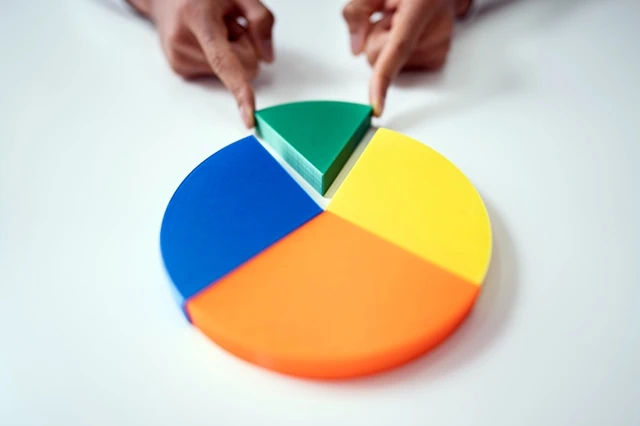
Charles Schwab is a U.S.-based brokerage and banking company founded in 1971 as a traditional brokerage company and then as a discount brokerage service in 1974. It’s the largest publicly traded investment services firm with more than $6 trillion in assets under management (AUM). And it offers a wide range of financial services, such as investment advice and management, trading services, financial planning, banking services, workplace and individual retirement plans, annuities, and more.
But why would you invest in its mutual funds?
Schwab offers 100 different funds boasting more than $870 billion in AUM, and it’s not for nothing. Not only do Schwab funds feature below-industry-average annual expenses, but they also charge no load or transaction fees. Schwab also offers you products for whichever management style you prefer; it has numerous actively managed funds run by seasoned teams, but it’s also one of the largest providers of indexed mutual funds.
In short: Schwab’s retirement funds are among some of the best on the market, you have plenty to choose from, and they won’t leave your wallet in tatters.
The Best Schwab Retirement Funds for 2024

Now that we’re through with introductions, let me introduce you to some of the best Schwab retirement funds you can use to assemble a long-term portfolio.
Note: Most of these funds are best utilized within a tax-deferred retirement plan like an IRA or 401(k), but you can still do fine even if you hold them in a good, old-fashioned brokerage account.
1. Schwab S&P 500 Index Fund

— Style: U.S. large-cap stock
— Assets under management: $104.8 billion
— Expense ratio: 0.02%, or 20¢ per year for every $10,000 invested
— Dividend yield: 1.2%
The vast majority of fund managers who run large-cap funds (funds that invest in larger companies) struggle to consistently beat the S&P 500 Index, particularly after fees. In the first half of 2023, 60% of active managers underperformed the S&P 500, according S&P Dow Jones Indices. That’s no anomaly: A majority of active managers have failed to beat the S&P 500 in 20 out of the past 23 years.
I say: If you can’t beat it … join it.
Related: The 10 Best Fidelity Funds You Can Own
The Schwab S&P 500 Index Fund (SWPPX) isn’t just a cheap way to get access to the S&P 500—it’s one of the cheapest ways across both mutual funds and ETFs alike, charging a razor-thin expense ratio of just 0.02%. That’s not free, but it’s mighty close.
The S&P 500 is a collection of the largest and most dominant American companies. To be selected for this stock market index, a company must have a market capitalization of at least $18.0 billion, its shares must be highly liquid (shares are frequently bought and sold), at least 50% of its outstanding shares must be available for public trading, it must have positive earnings in the most recent quarter, and the sum of its previous four quarters must be positive. Once a company is in the index, it doesn’t necessarily get kicked out if it fails to meet all of the criteria at some point in the future, but the selection committee would take that under consideration.
Turnover (how much the fund tends to buy and sell holdings) tends to be low, as only a handful of stocks enter or leave the index in any given year. This makes SWPPX an extremely tax-efficient option for taxable investment accounts. But if you do the majority of your investing through a 401(k), IRA, or HSA, consider holding SWPPX there, too—sure, you won’t enjoy a premium tax edge, but you’ll be putting your money into one of Schwab’s best retirement funds.
Related: 10 Best Vanguard Funds for the Everyday Investor
2. Schwab Dividend Equity Fund

— Style: U.S. large-cap dividend
— Assets under management: $554.5 million
— Expense ratio: 0.88%, or $8.80 per year for every $1,000 invested
— Dividend yield: 1.7%
Qualified dividends are taxed at the same lower rates as long-term capital gains. This is by design.
Related: 5 Best Vanguard Dividend Funds [Low-Cost Income]
Dividends were previously taxed like bond interest, as ordinary income. But following the tech bust of 2000-02, the Bush administration changed the tax laws in an attempt to encourage more responsible behavior from both investors and the companies they invest in. The thinking was that lowering the tax on dividends would encourage more companies to pay dividends and encourage more investors to take a long-term investor mindset as opposed to a short-term gambler mindset.
It was a godsend for income investors, but let’s be clear: Dividend stocks are still woefully tax-inefficient. Long-term capital gains remain unrealized—and thus not taxable—until you sell, whereas dividends are still taxed when they are received … even if at a lower rate than in decades past.
Thus, you should keep dividend stocks and dividend funds in a tax-deferred retirement account. And one worthy contender in the latter category is the Schwab Dividend Equity Fund (SWDSX).
SWDSX includes some traditional high yielders among its largest holdings, including Big Oil dominators Exxon Mobil (XOM) and Chevron (CVX). But while the fund might have a dividend focus, that doesn’t mean that it’s a stodgy widows-and-orphans investment. SWDSX is full of quality blue-chip stocks with a history of consistently paying dividends, including growth names like Microsoft, which is the fund’s third-largest holding.
If you’re looking for a good collection of dividend-paying workhorses that you can own for the long term, SWDSX is a worthy addition to your retirement portfolio.
Related: 7 Best Schwab Index Funds for Thrifty Investors
3. Schwab US Aggregate Bond Index Fund

— Style: U.S. intermediate bond
— Assets under management: $5.5 billion
— Expense ratio: 0.04%, or 40¢ per year for every $1,000 invested
— SEC yield: 3.8%*
Bonds are a core holding of just about any retirement portfolio, especially as you get older. But they’re also horrifically tax-inefficient. The bulk of their returns will generally come from interest paid, and interest income is taxed as ordinary income. If you’re in the 37% tax bracket, then you’re losing 37% of your bond interest to taxes.
Thus, bond funds like the Schwab US Aggregate Bond Index Fund (SWAGX) should ideally be held in a 401(k), IRA, HSA, or other tax-deferred account.
Related: 9 Best Fidelity Index Funds to Buy
SWAGX is a diversified option offering broad exposure to more than 8,000 U.S. government bonds, investment-grade corporate debt, and mortgage-backed securities (MBSes). Currently, 42% of the portfolio is invested in American government debt, 26% is invested in MBSes, and 24% is invested in corporate bonds, with the remainder invested in modest positions in foreign government debt and other investments.
SWAGX is diversified across the yield curve, with maturities ranging from less than a year to over 20 years. But one of the other most critical metrics to consider when considering bond funds is duration, which is a measure of interest-rate sensitivity. As an example, a bond with a duration of 2 years would see its price rise by 2% if interest rates fell by 1% (or conversely, would see its price fall by 2% if interest rates rose by 1%). The actual calculation of duration is fairly complex; it’s the weighted average of the bond’s cash flows. But the key takeaway is that, all else equal, the longer a bond’s time to maturity, the higher its duration—and thus the higher the interest-rate risk.
Related: 7 High-Quality, High-Yield Dividend Stocks
Overall, the fund has a duration of 6.1 years. So, the fund has moderate interest-rate risk. A rise in interest rates of 1% would mean a price decline of about 6%. But remember: This cuts both ways—a fall in interest rates could mean significant capital gains.
* SEC yield reflects the interest earned across the most recent 30-day period. This is a standard measure for funds holding bonds and preferred stocks.
Related: Best Schwab Retirement Funds for an IRA
4. Schwab Global Real Estate Fund

— Style: Global REIT
— Assets under management: $314.6 million
— Expense ratio: 0.75%, or $7.50 per year for every $1,000 invested
— Dividend yield: 3.2%
Real estate has been a preferred asset class since the dawn of human civilization. And today, real estate investment trusts (REITs) offer the potential for both high yield and respectable capital gains.
REITs enjoy a special tax status that allows them to avoid corporate taxation so long as they distribute at least 90% of their net profits as dividends. Because of this tax incentive, REITs tend to be one of the highest-yielding sectors and a perennial favorite among income investors.
Related: 10 Best Dividend Stocks to Buy [Steady Eddies]
Schwab investors looking for real estate exposure could consider the Schwab Global Real Estate Fund (SWASX). The fund is a diversified REIT fund with a global presence. Approximately 60% of the fund is invested in American REITs, with most of the remainder allocated to Europe and Japan. SWASX also has smaller allocations to China, Singapore, Canada and Australia. The portfolio has minimal exposure to the office sector, which has been affected by work-from-home policies, and is most heavily allocated to industrial and logistics properties.
This is a growth-focused real estate fund that focuses on total return, including both capital gains and income. But its 3.2% current yield is mighty competitive in a world in which the S&P 500 yields only 1.2%.
I’ll point out that REITs are quite tax-inefficient, as a large percentage of the total return comes from taxable dividends. What’s more, REIT dividends are generally not classified as “qualified dividends.” Qualified dividends are taxed at the long-term capital gains rate (0%, 15% or 20% depending on your tax bracket). Non-qualified dividends are taxed as ordinary income, like bond interest, and can face rates as high as 37%, depending on your bracket. Thus, it makes more sense to hold REITs and REIT funds in a tax-advantaged fund like a 401(k) rather than a taxable brokerage account.
And SWASX specifically has a pretty high turnover of about 88%, which means it generates a lot of short-term capital gains. That’s another reason to keep SWASX away from a regular taxable brokerage account.
Related: 9 Monthly Dividend Stocks for Frequent, Regular Income
5. Schwab Target-Date Funds

— Style: Target-date
— Expense ratio: Schwab Target Funds: 0.26%-0.59%, or $2.60-$5.90 per year for every $1,000 invested; Schwab Target Index Funds: 0.08%, or 80¢ per year for every $1,000 invested
One of the challenges in retirement planning is getting the asset allocation right, or having an asset class mix that is appropriate for an investor at your age and stage of life. An ideal portfolio for a 20-year-old is likely going to be very different from that of a 40-year-old, and both those portfolios will be different from what’s ideal for a 60-year-old.
That’s where target-date funds can really add value.
Target-date funds—also called life-cycle funds—are a type of mutual fund that are designed to change their asset allocation over time. Target-date funds start out invested heavily in stocks, then slowly reduce their stock exposure and replace it with bond exposure as they approach their target retirement date, following a glide path.
The target retirement dates are intended to be estimates; they don’t have to be super precise. Generally, most mutual fund families will create target-date funds in five-year increments (say, 2025, 2030, 2035, etc.).
Related: The 7 Best Closed-End Funds (CEFs) That Yield Up to 11%
And given the hyper-specific focus on retirement, target-date funds tend to be a mainstay of 401(k) plans.
Schwab offers two target-date fund series:
— Schwab Target Funds: These hold a collection of actively managed and index funds. While most of Schwab Target Funds’ holdings are other Schwab mutual funds, they will also hold funds from outside providers, including Dodge & Cox and Baird.
— Schwab Target Index Funds: These hold Schwab ETFs exclusively.
In general, Schwab’s target-date funds are economical, though the Schwab Target Index Funds are flat-out cheap, at just 0.08% in annual expenses. All of Schwab’s target-date products hold a combination of U.S. and international stocks and bonds.
For a longer primer on Schwab’s target-date lineups, take a look at our Beginner’s Guide to Schwab Target-Date Funds.
Related: Solo 401(k) vs. SEP IRA: What’s the Difference?
Learn More About These and Other Funds With Morningstar Investor

If you’re buying a fund you plan on holding for years (if not forever), you want to know you’re making the right selection. And Morningstar Investor can help you do that.
Morningstar Investor provides a wealth of information and comparable data points about mutual funds and ETFs—fees, risk, portfolio composition, performance, distributions, and more. Morningstar experts also provide detailed explanations and analysis of many of the funds the site covers.
With Morningstar Investor, you’ll enjoy a wealth of features, including Morningstar Portfolio X-Ray®, stock and fund watchlists, news and commentary, screeners, and more. And you can try it before you buy it. Right now, Morningstar Investor is offering a free seven-day trial. You can check out the current deal, as well as discounted rates for students and teachers, on Morningstar Investor’s website.
What is the Minimum Investment Amount on Schwab Mutual Funds?

Schwab is one of the most friendly fund companies for beginners. That’s not just because both its mutual funds and ETFs sport below-industry-average expense ratios, but because you don’t need much money to invest in them in the first place. Most Schwab mutual funds have no investment minimum—you can literally start with as little as $1.
That’s extremely beneficial in self-directed accounts like an IRA. Many mutual funds from other providers require high minimums in the thousands of dollars, hamstringing investors with little capital to work with.
What are Index Funds?
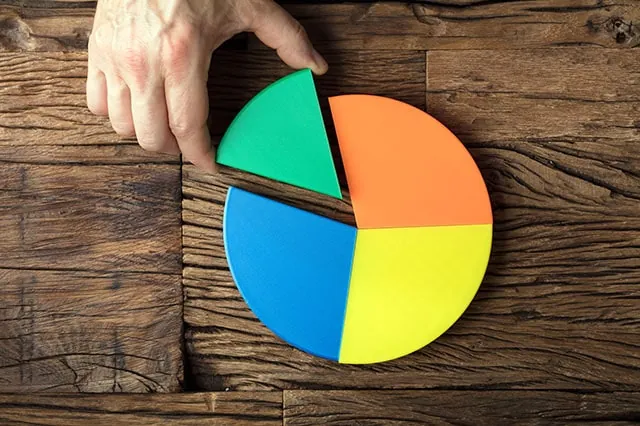
There are two kinds of funds: actively managed funds and index funds.
With an actively managed fund, one or more managers are in charge of selecting all of the fund’s holdings. They’ll likely have a specific strategy to adhere to, and they’ll be tasked with beating a benchmark index, but they’ll be given a lot of discretion about how to achieve that. These managers will identify opportunities, conduct research, and ultimately buy and sell a fund’s stocks, bonds, commodities, and so on.
An index fund, on the other hand, is effectively run by algorithm. The fund will attempt to track an index, which is just a group of assets that are selected by a series of rules. The S&P 500 and Dow Jones Industrial Average? Those are indexes with their own selection rules. Index funds that track these indexes will generally hold the same stocks, in the same proportions, giving you equal exposure and performance (minus fees) to those indexes.
If you guessed that it’s more expensive to pay a conference room full of fund managers than it is a computer that tracks an index, you’d be right. That’s why actively managed funds tend to cost much more in fees than index funds.
And that’s why ETFs are generally cheaper. Most (but not all) mutual funds are actively managed, while most (but not all) ETFs are index funds.
Why Does a Fund’s Expense Ratio Matter So Much?

Every dollar you pay in expenses is a dollar that comes directly out of your returns. So, it is absolutely in your best interests to keep your expense ratios to an absolute minimum.
The expense ratio is the percentage of your investment lost each year to management fees, trading expenses and other fund expenses. Because index funds are passively managed and don’t have large staffs of portfolio managers and analysts to pay, they tend to have some of the lowest expense ratios of all mutual funds.
This matters because every dollar not lost to expenses is a dollar that is available to grow and compound. And over an investing lifetime, even a half a percent can have a huge impact. If you invest just $1,000 in a fund generating 5% per year after fees, over a 30-year horizon, it will grow to $4,116. However, if you invested $1,000 in the same fund, but it had an additional 50 basis points in fees (so it only generated 4.5% per year in returns), it would grow to only $3,584 over the same period.
Like Young and the Invested’s Content? Be sure to follow us.
Related: 6 Best Stock Recommendation Services [Stock Picking + Tips]

Stock recommendation services are popular shortcuts that help millions of investors make educated decisions without having to spend hours of time doing research. But just like, say, a driving shortcut, the quality of stock recommendations can vary widely—and who you’re willing to listen to largely boils down to track record and trust.
The natural question, then, is “Which services are worth a shot?” We explore some of the best (and best-known) stock recommendation services.
Related: 12 Best Long-Term Stocks to Buy and Hold Forever
As even novice investors probably know, funds—whether they’re mutual funds or exchange-traded funds (ETFs)—are the simplest and easiest ways to invest in the stock market. But the best long-term stocks also offer many investors a way to stay “invested” intellectually—by following companies they believe in. They also provide investors with the potential for outperformance.
So if your’e looking for a starting point for your own portfolio, look no further. Check out our list of the best long-term stocks for buy-and-hold investors.
Related: Best Target-Date Funds: Vanguard vs. Schwab vs. Fidelity

Looking to simplify your retirement investing? Target-date funds are a great way to pick one fund that aligns with when you plan to retire and then contribute to it for life. These are some of the best funds to own for retirement if you don’t want to make any investment decisions on a regular basis.
We provide an overview of how these funds work, who they’re best for, and then compare the offerings of three leading fund providers: Vanguard, Schwab, and Fidelity.
Related: 9 Best Monthly Dividend Stocks for Frequent, Regular Income
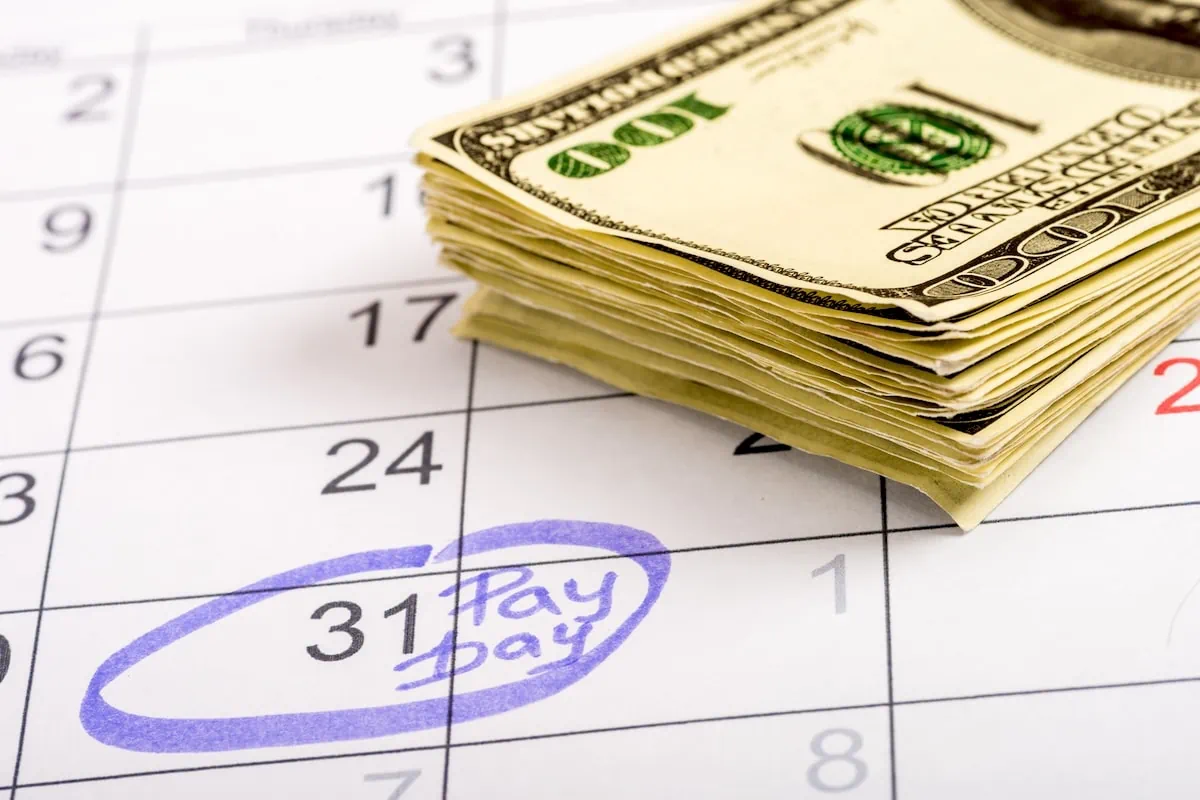
The vast majority of American dividend stocks pay regular, reliable payouts—and they do so at a more frequent clip (quarterly) than dividend stocks in most other countries (typically every six months or year).
Still, if you’ve ever thought to yourself, “it’d sure be nice to collect these dividends more often,” you don’t have to look far. While they’re not terribly common, American exchanges boast dozens of monthly dividend stocks.
Please Don’t Forget to Like, Follow and Comment

Did you find this article helpful? We’d love to hear your thoughts! Leave a comment with the box on the left-hand side of the screen and share your thoughts.
Also, do you want to stay up-to-date on our latest content?
1. Follow us by clicking the [+ Follow] button above,
2. Subscribe to The Weekend Tea, our weekly newsletter to read more about investing, spending, taxes, and more, and
3. Give the article a Thumbs Up on the top-left side of the screen.
4. And lastly, if you think this information would benefit your friends and family, don’t hesitate to share it with them!




